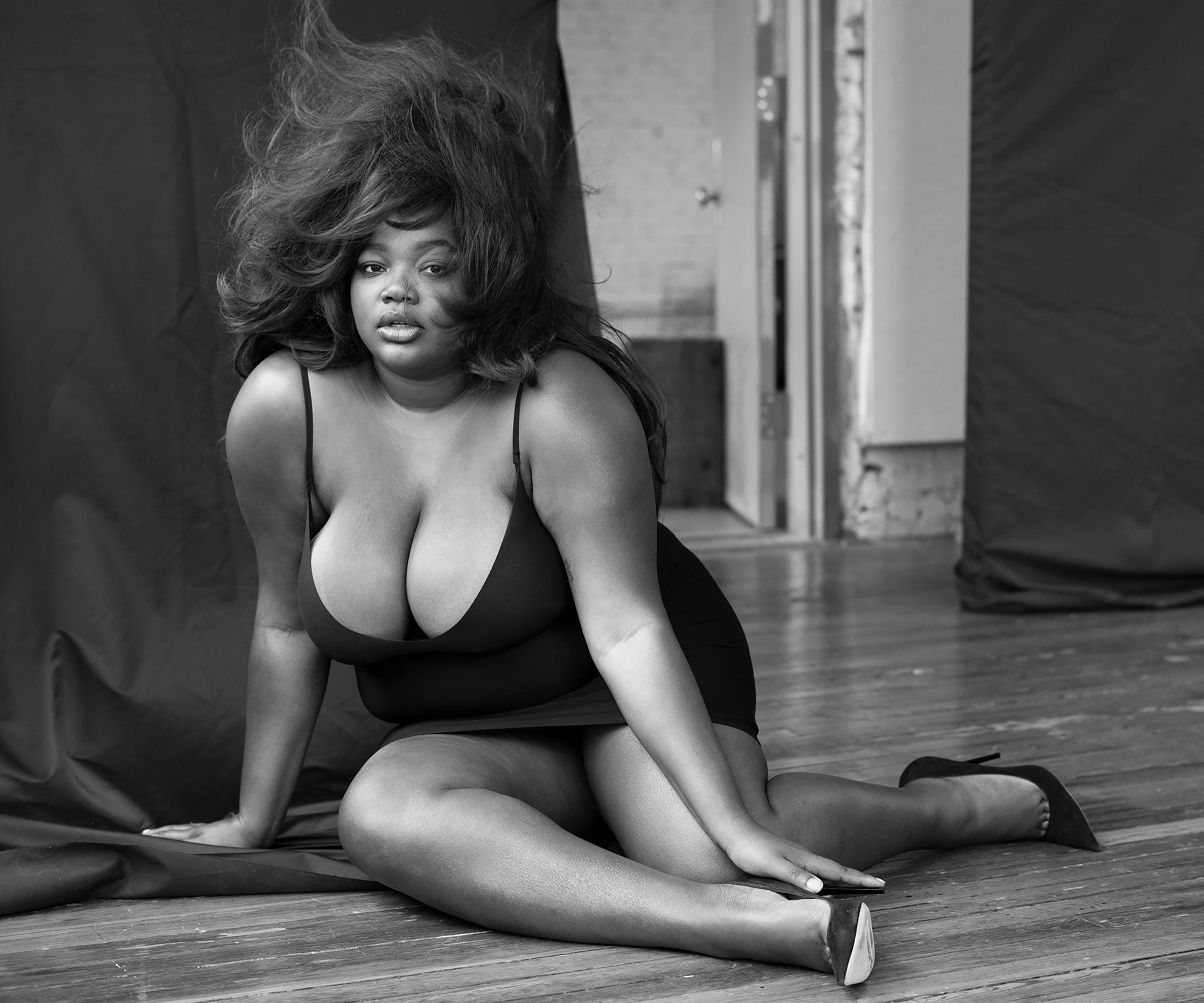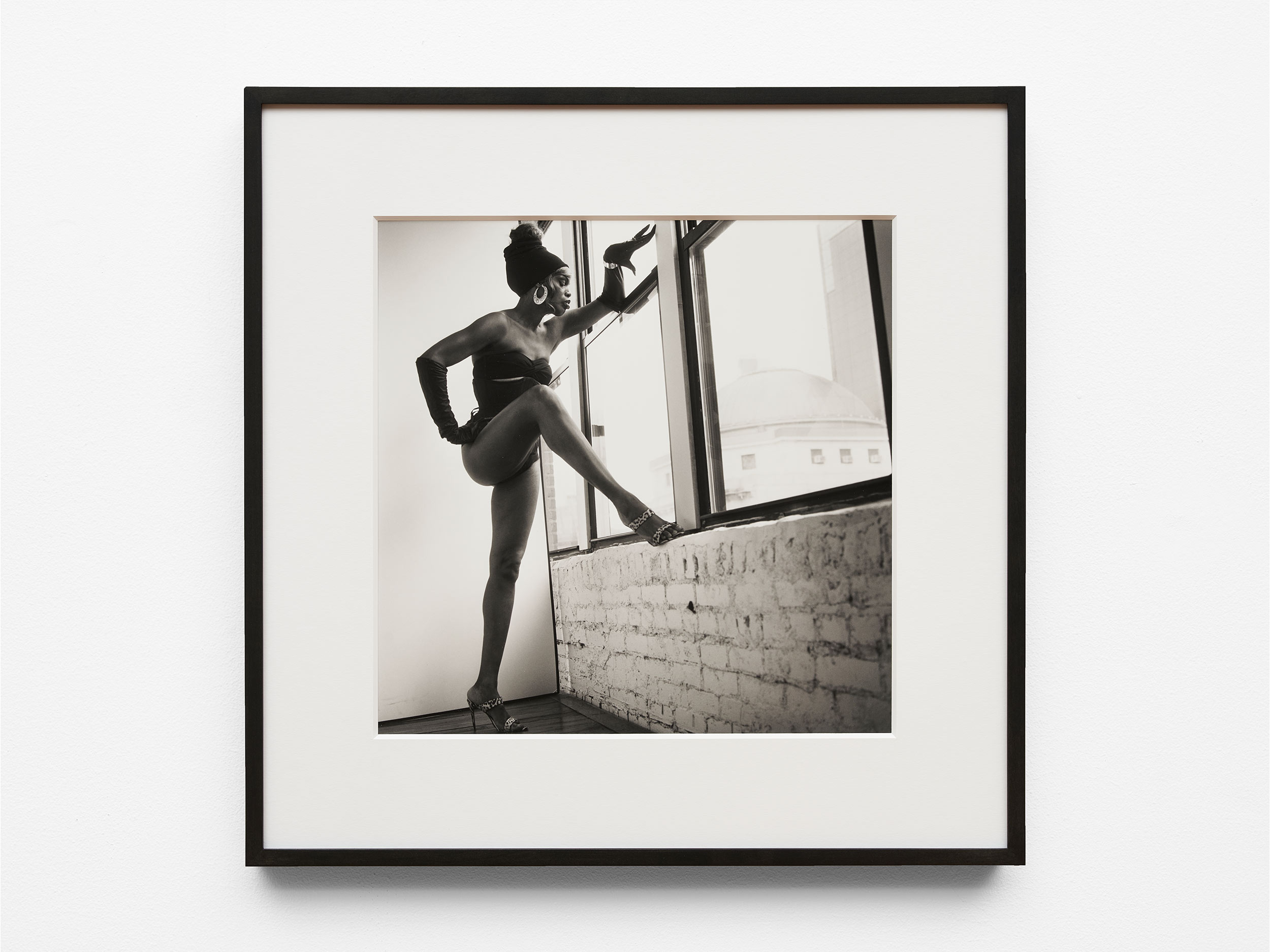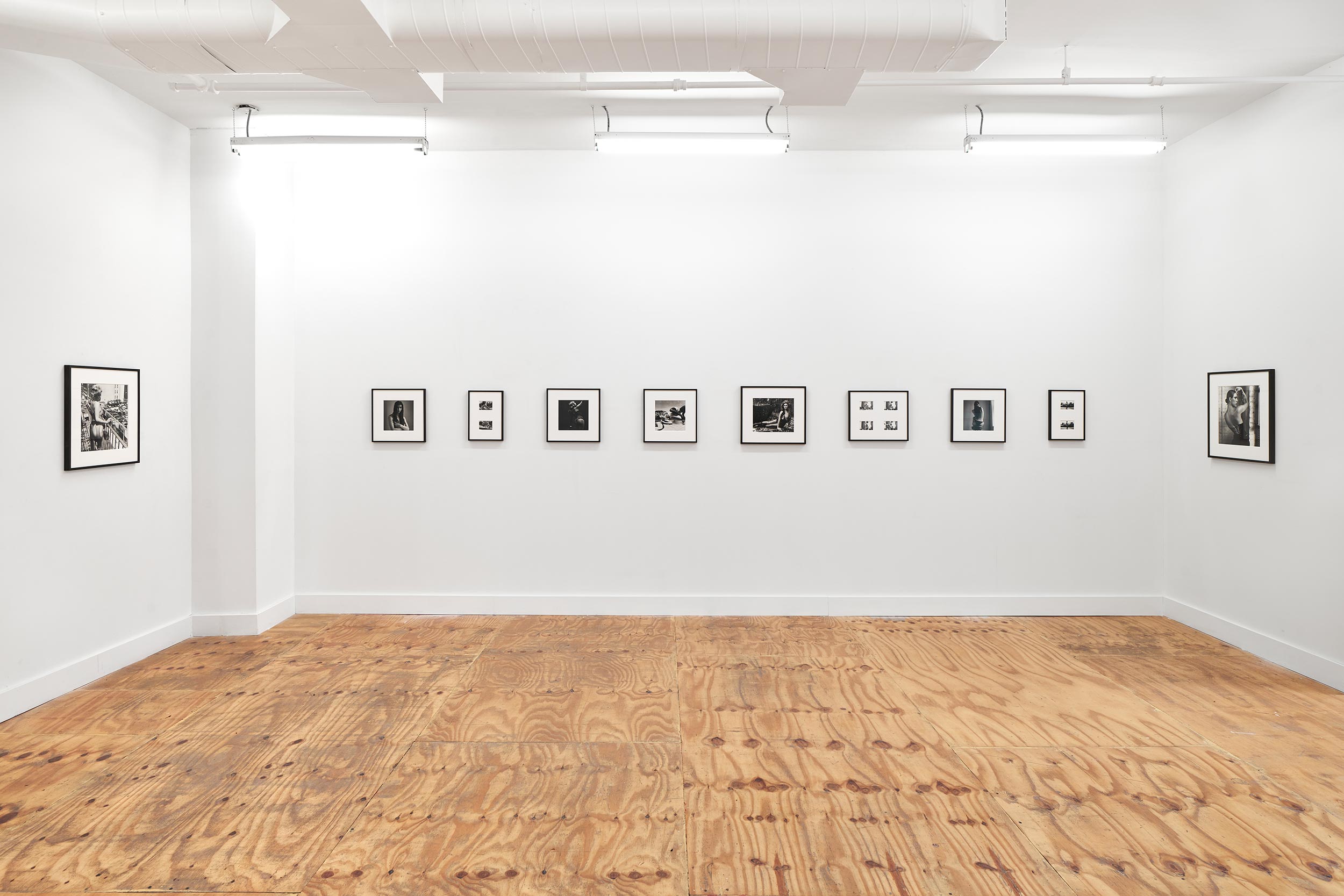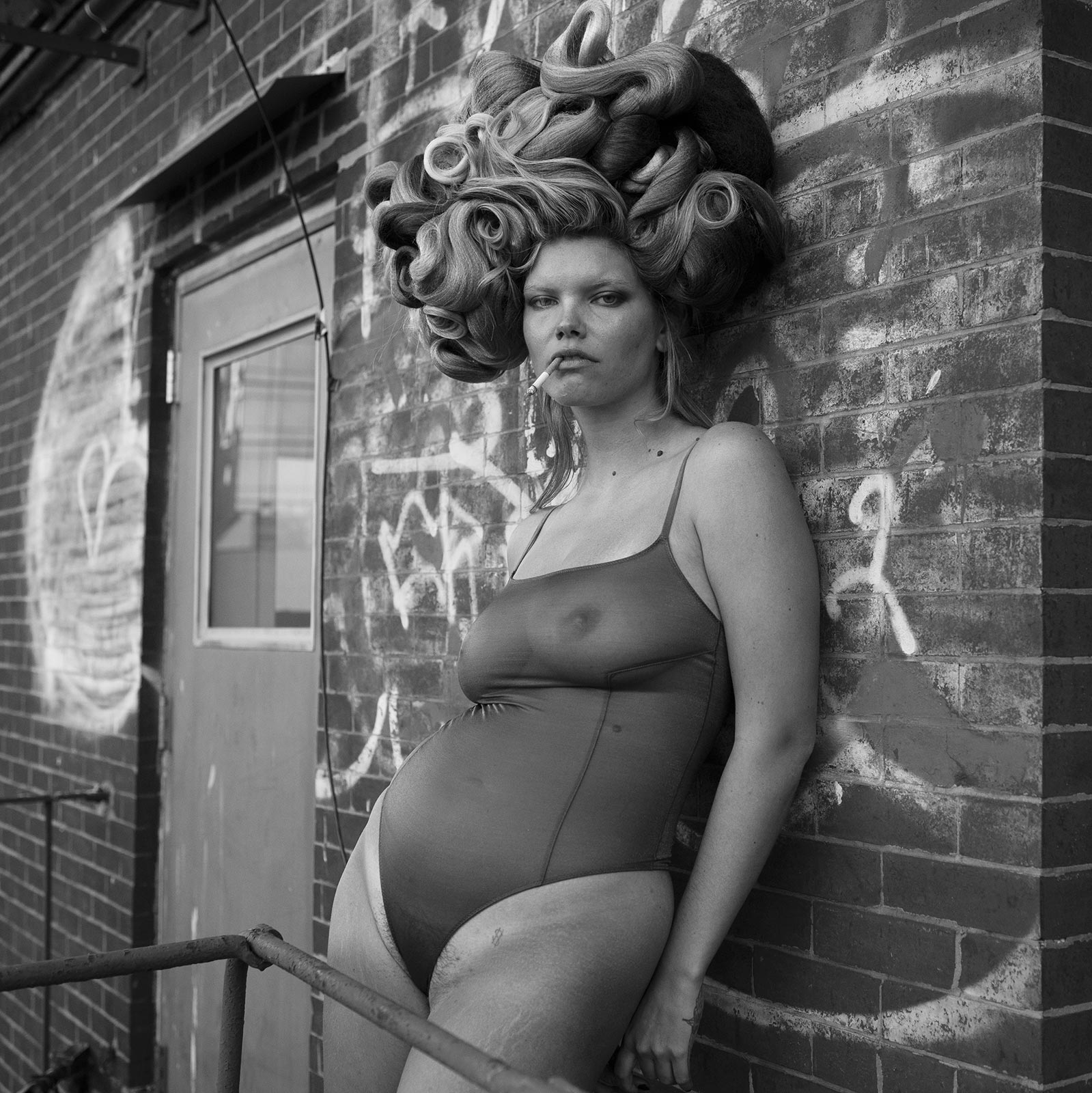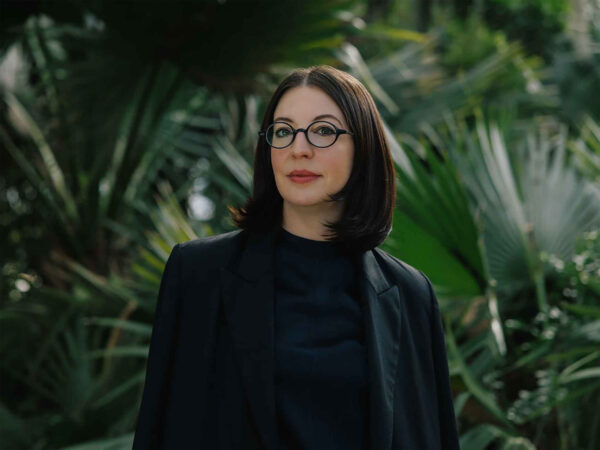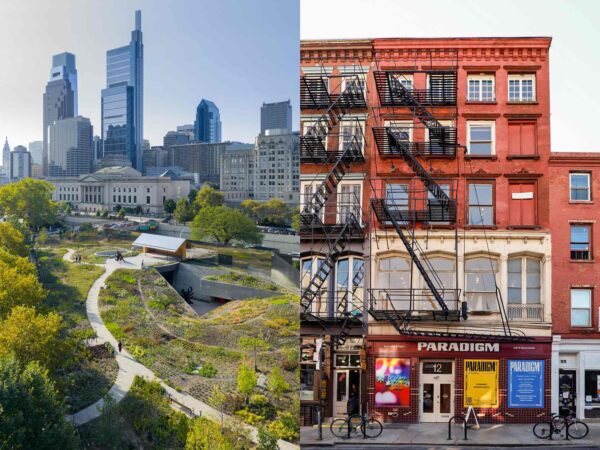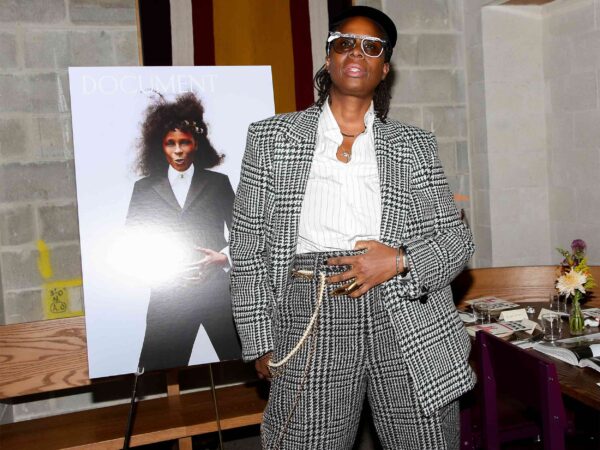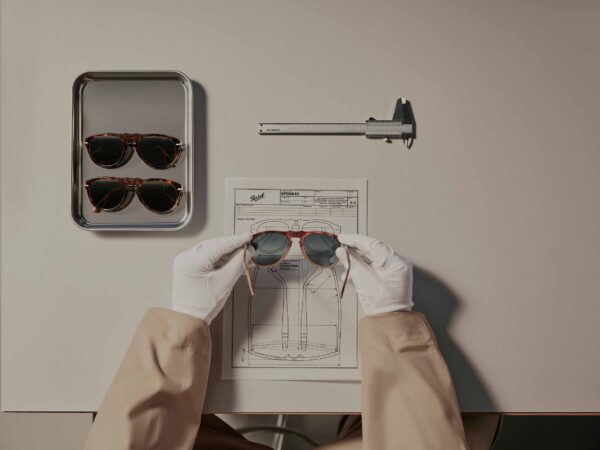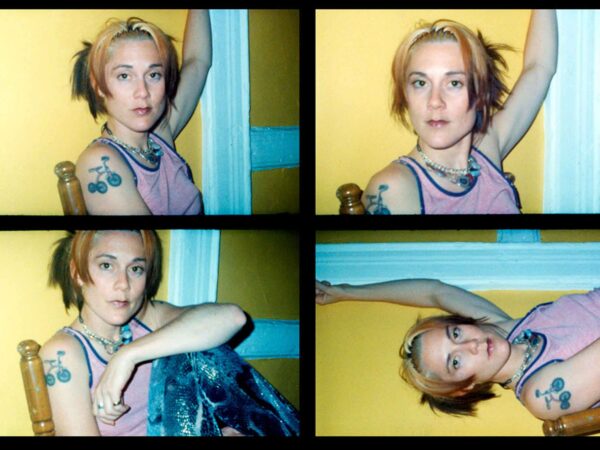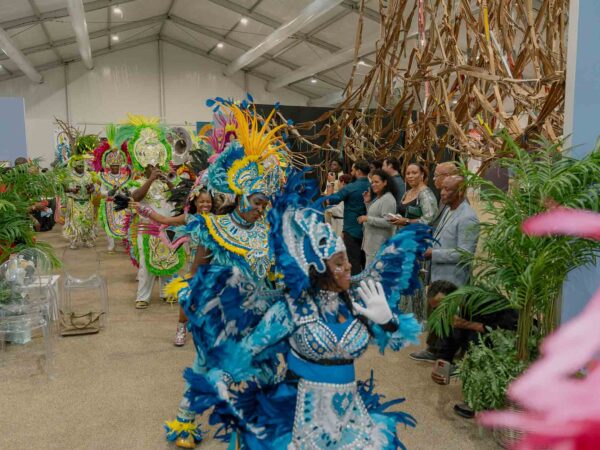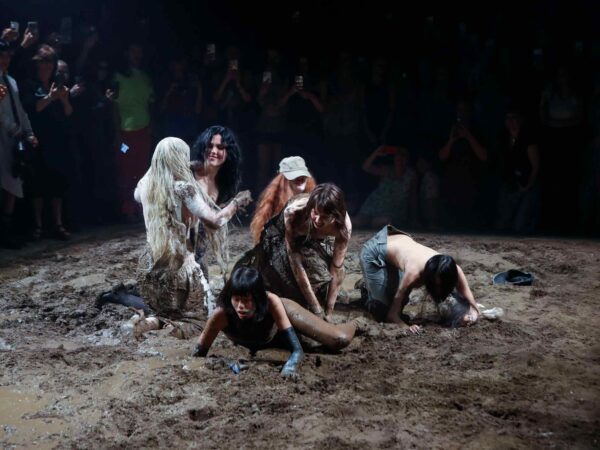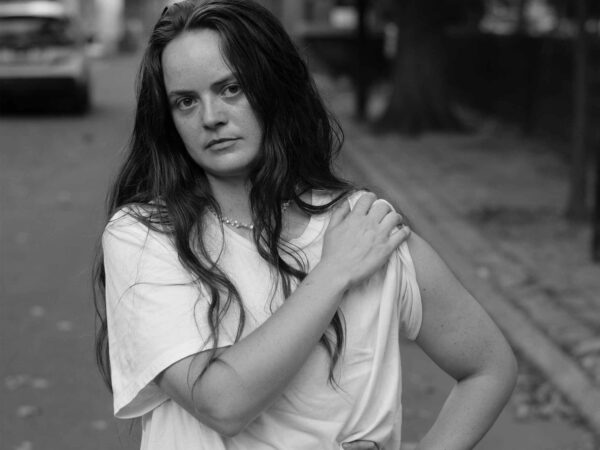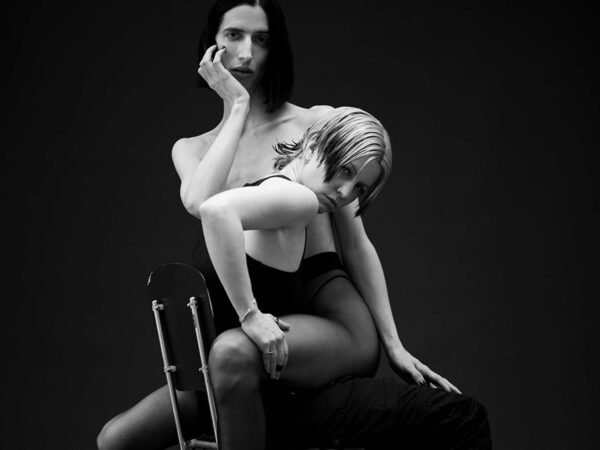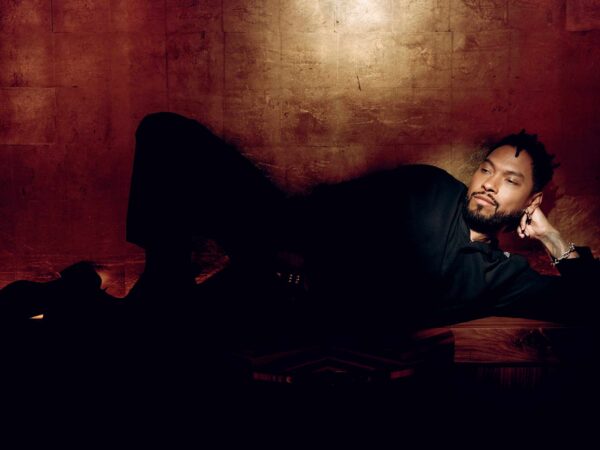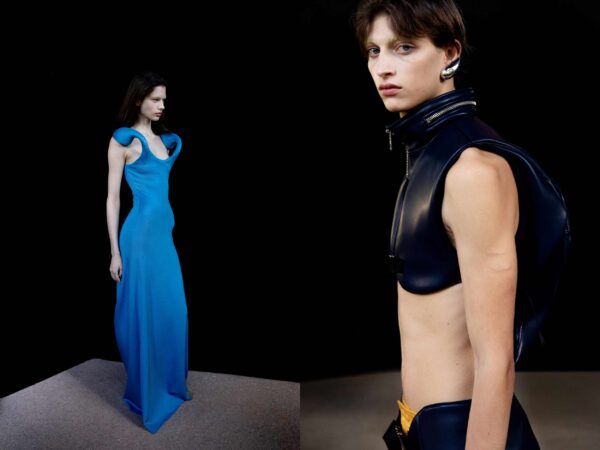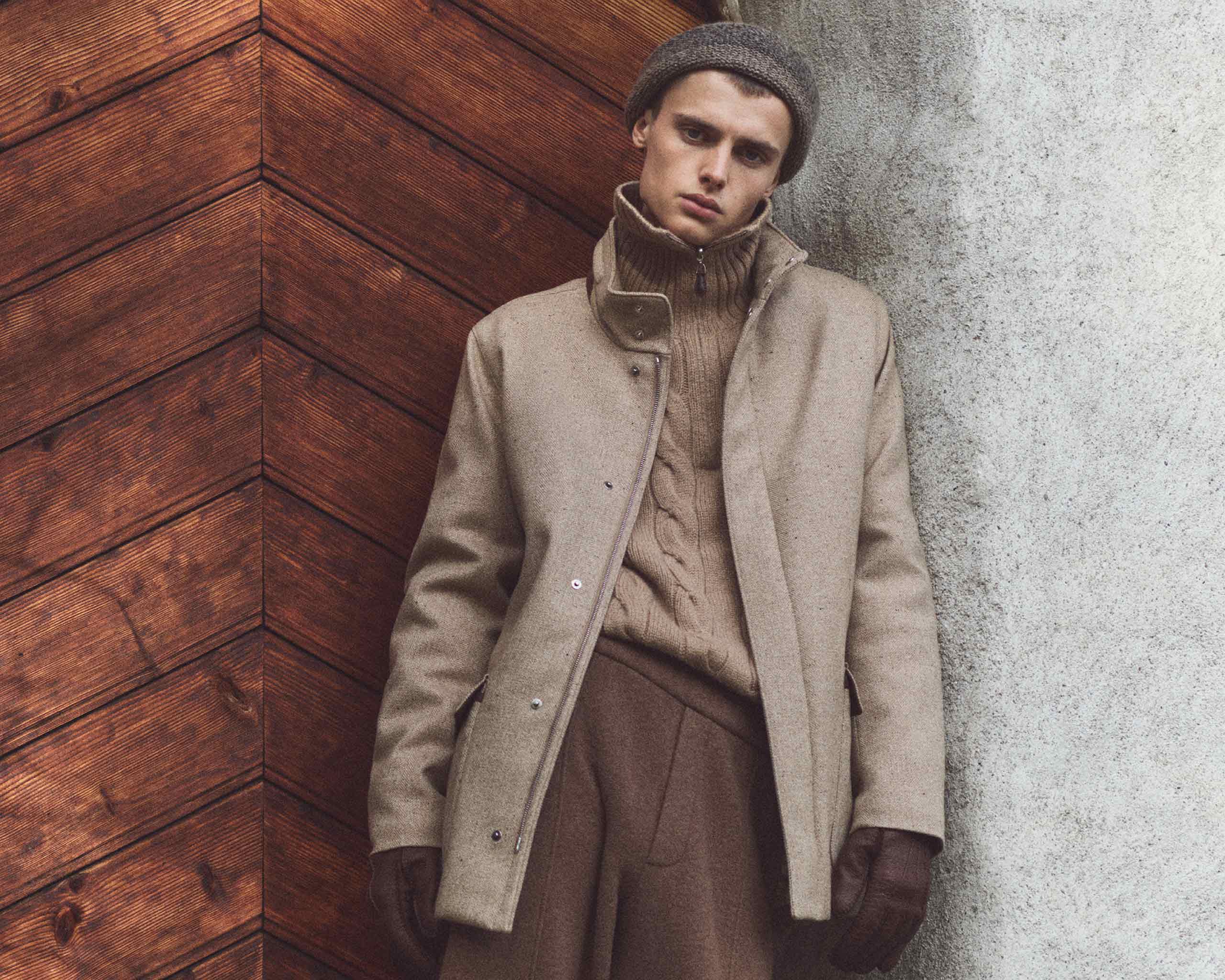In his multi-year photographic project ‘Bombshell,’ the artist probes conceptions of beauty, femininity, and glamor
Think of the archetypal bombshell, and a particular roster of Old Hollywood icons may come to mind. Perhaps it’s original “bad girl” Jean Harlow and her platinum bob in the title 1933 film Bombshell. Maybe a certain Marilyn singing “Happy birthday, Mr. President” begins to play on a mental loop. Or perhaps it’s vaudeville actress Mae West’s seductive purrs to a young Cary Grant in She Done Him Wrong. Each iconic in their own right, these women had checked off every physical prerequisite required to be initiated into the mid-20th century bombshell canon: be female, cisgender, white; have blonde hair, an hourglass figure, and sex appeal to boot.
Photographer Ethan James Green, however, has reshaped this limiting definition of the textbook bombshell. On view at Tribeca’s Kapp Kapp gallery until October 26, the photographer’s Bombshell photo series features several friends and New York icons such as Hari Nef, Connie Fleming, Gabriella Karefa-Johnson, Marcs Goldberg, Dara Allen, Martine Gutierrez, and Devan Diaz. The muses represent the feminine elegance, sexual symbolism, and vivacious spirit often associated with the stereotype of the bodacious blonde bombshell, in effect challenging the term’s standardized notion of beauty. Hair stylists Lucas Wilson, Jimmy Paul, and Sonny Molina further elevated the project by providing each subject with blown-out wigs and voluptuous updos.
Inspired by photographer Joyce Baronio’s approach to setting and her use of studio space, as well as David Armstrong’s lighting and Old Hollywood glamor portraits, the series proves that “these archetypes are more porous than we think,” says Green. “The subjects were the ones who ultimately shaped the images by embodying their unique, personal perspective on the bombshell, whether playful, ironic, or sincere.”
Shot at Green’s studio in black and white and printed on silver gelatin, the glossy images are simultaneously classy, sensual and silly; in one photo, Allen swings from a traffic light while donning an itty bitty bikini and a pair of heels, her blonde wig somehow remaining flawlessly intact. In another, Nef twists her body into a contorted bridge pose, all while flashing a suggestive gaze into the camera lens.
Bombshell serves as both the celebration of and conclusion to Green’s multi-year reinvention of the quintessential female Hollywood starlet. Having originally shot and released behind-the-scenes Polaroids from the making of Bombshell in a zine with Dashwood Books in 2021, then a limited edition book with Baron Books in 2024, the newfound tangibility of an exhibition space for the series “emphasizes the importance of the images’ physical presence as prints,” Green continues. “The majority of my photos exist on screens, so to work with them as material objects was an inspiring turn in my practice.”
Indeed, anyone remotely involved in the fashion or entertainment industries has inevitably interacted with Green’s photos either online or in the pages of a magazine. After having produced some of the most iconic editorial shoots of recent memory (Margot Robbie’s Vogue cover promoting Barbie in 2023; W magazine’s whimsical children’s fashion story for their Fall 2024 fashion issue; Lady Gaga’s Joker: Folie à Deux-themed cover for Vogue’s September 2024 issue), a consistent strain of crystalline imagery and intimate portrayals of a wide range of subjects has come to typify Green’s body of work.
Bombshell replicates these signature artistic instincts. In a different photo, Fleming, clad in a black bandeau and corset, wistfully gazes out a window, her bare right leg perched on its sill. Molina flexes their arm muscles in another while eyeing the camera from their peripheral vision. A figure-hugging corset sits just below their protruding biceps.
Despite his young commercial success, Green is grateful for the creative freedom that Bombshell offered. “It was exciting to team up with collaborators I’ve worked with on commercial and editorial projects where we had less artistic autonomy,” he says. “It has reminded me of the importance of creating bodies of work that are entirely self-directed, allowing me creative space to rediscover the things that inspire me and reconnect with my feelings about my practice.”
Whether it’s Diaz in a fishnet catsuit taking a smoke break, overlooking the city from her perch on a fire escape, or Karefa-Johnson’s coy smile as she cups her bare breasts, Green’s Bombshell confronts institutionalized conventions of beauty and molds a new paradigm of glamor from the prototypical bombshell.


